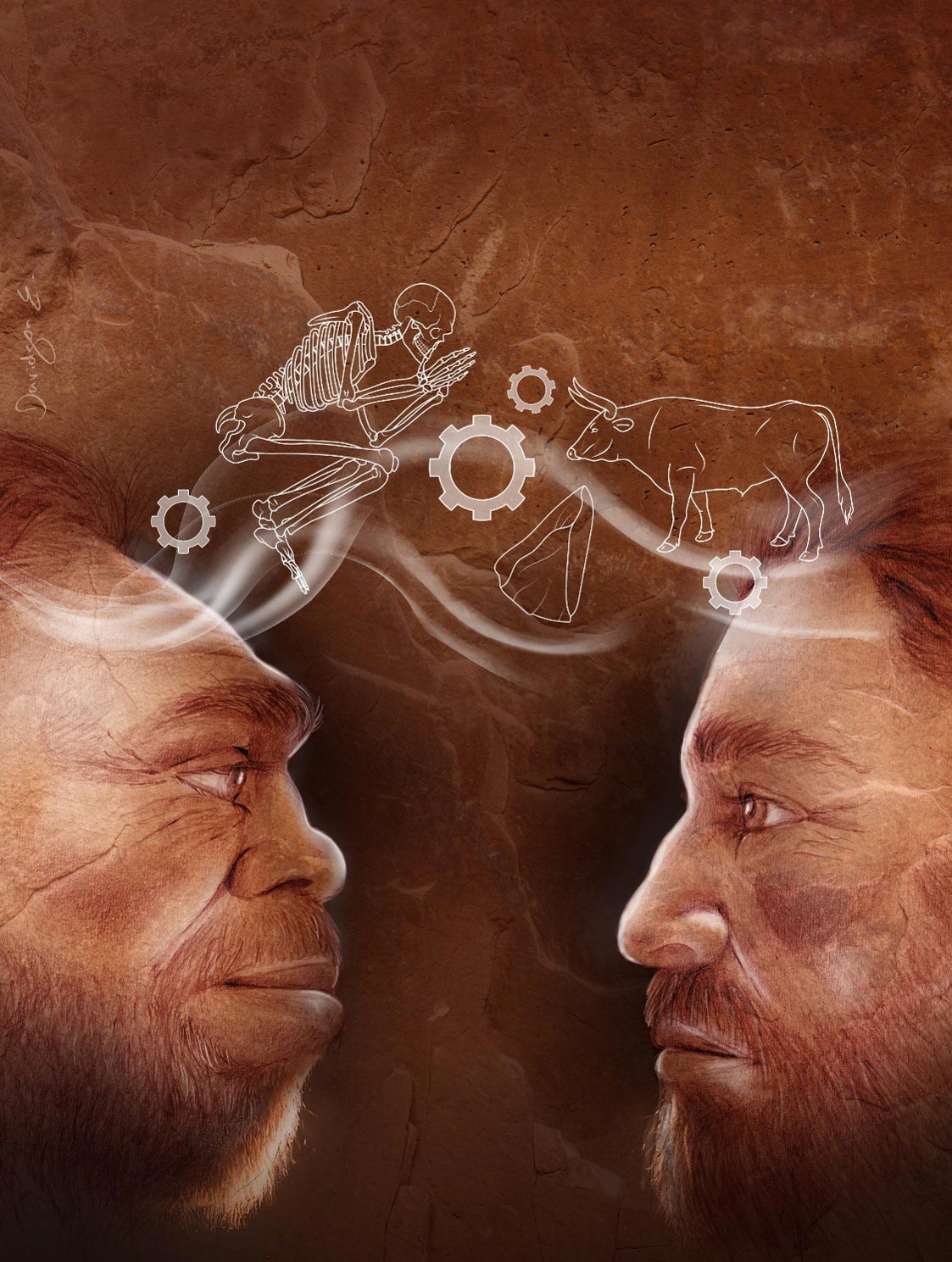**Ancient Allies: 110,000-Year-Old Discovery Reveals Neanderthals and Homo sapiens Worked Together**
For decades, the relationship between Neanderthals and early Homo sapiens has been painted as one of competition and conflict. However, a groundbreaking discovery in Israel’s Tinshemet Cave is rewriting human history—suggesting that these two human species not only coexisted but may have collaborated, sharing technology and cultural practices. This revelation challenges long-held assumptions about early human interactions and opens new doors to understanding how cooperation shaped our evolutionary past.
The Tinshemet Cave Discovery: A Game-Changer in Paleoanthropology
Archaeologists working in the Levant region uncovered compelling evidence in Tinshemet Cave that suggests Neanderthals and Homo sapiens interacted far more peacefully than previously believed. The findings, published in a landmark study, indicate that these groups shared tools, hunting techniques, and possibly even social customs around 110,000 years ago.

Caption: Excavations at Tinshemet Cave reveal stone tools and artifacts that suggest Neanderthals and Homo sapiens exchanged knowledge and technology. The cave’s sediment layers contained a mix of stone tools traditionally associated with both species—flint blades and scrapers linked to Homo sapiens alongside Levallois points, a technique often tied to Neanderthals. The overlapping use of these tools in the same time period implies a level of cultural exchange rather than mere competition.
Shared Technology: More Than Just Coexistence
One of the most striking aspects of the Tinshemet findings is the blending of tool-making techniques. Researchers identified: - Levallois flakes (a Neanderthal-associated method) - Blade-based tools (common among early Homo sapiens) The presence of both styles in the same archaeological layer suggests that these groups didn’t just live side by side—they may have learned from each other. Dr. Ella Assaf, a lead researcher on the project, explains: "The tool assemblages show a level of sophistication that implies knowledge transfer. It’s not just about borrowing; it’s about adapting and improving techniques together."
Cultural Exchange: Beyond Tools
The evidence from Tinshemet Cave goes beyond stone implements. Researchers also found: - Similar hunting strategies – Both species targeted the same prey, such as gazelles and fallow deer, indicating possible cooperative hunting. - Symbolic artifacts – Pigments and engraved bones hint at shared artistic or ritualistic behaviors. This challenges the outdated notion that Neanderthals were brutish and incapable of complex thought. Instead, it supports the idea that they were innovators in their own right, contributing to early human culture.
Why Does This Matter? Rewriting Human History
For years, the dominant narrative suggested that Homo sapiens outcompeted Neanderthals due to superior intelligence or technology. The Tinshemet findings disrupt this view by showing: 1. Collaboration was possible – Rather than constant conflict, these groups may have formed alliances. 2. Cultural blending shaped evolution – Shared knowledge could have accelerated technological advancements. 3. Neanderthals were more advanced than assumed – Their contributions to early human society may have been significant. This discovery aligns with recent genetic studies showing that modern humans carry traces of Neanderthal DNA, proving that interbreeding occurred. Now, we see that their interactions were not just biological but also cultural.
The Bigger Picture: What This Means for Human Evolution
The implications of this study extend beyond archaeology. If Neanderthals and Homo sapiens worked together, it reshapes our understanding of: - Human adaptability – Early humans thrived through cooperation, not just competition. - The spread of innovation – Cultural exchange may have been a driving force in technological progress. - The complexity of ancient societies – These interactions suggest nuanced social structures rather than simple tribal conflicts. As Dr. Assaf notes, "This isn’t just about Neanderthals and Homo sapiens—it’s about recognizing that collaboration has always been a part of human success."
Conclusion: A New Chapter in Our Shared Past
The Tinshemet Cave discovery forces us to rethink the dynamics between Neanderthals and early Homo sapiens. Instead of rivals, they may have been partners in survival, exchanging knowledge that shaped the course of human history. As more excavations uncover similar evidence, we may find that cooperation—not just competition—played a crucial role in our species' evolution. This revelation not only deepens our understanding of the past but also offers a powerful lesson: humanity’s greatest strength has always been its ability to work together. [IMAGE_2] Caption: An artist’s reconstruction of Neanderthals and Homo sapiens interacting, illustrating the possible cultural exchanges that took place in the Levant. This discovery is just the beginning. Future research in the Levant and beyond may reveal even more about how these ancient alliances shaped who we are today.